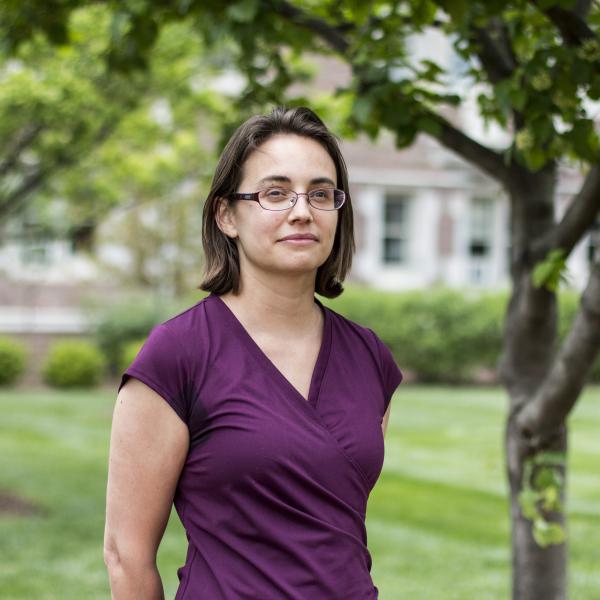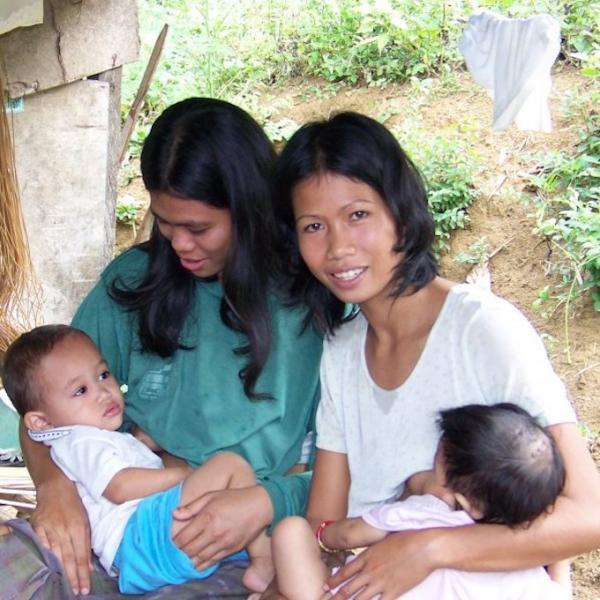E.A. Quinn's research focuses primarily on human milk and breastfeeding behaviors in a comparative context. She is also interested in the role of human milk in infant growth and development.
E.A. Quinn is a biological anthropologist with a specialty in human biology. Her research is broadly focused on understanding the ways in which human milk is an essential part of human biological variation and how such variation has been selected for by different ecological pressures. Quinn is the author of more than a dozen scientific articles, has co-edited a volume on human milk, and written multiple methods chapters on human milk research.
Her primary research project at present is Infancy @Altitude, a longitudinal birth cohort study of ethnic Tibetan mothers and infants living in the Nubri Valley, Nepal in a collaboration with Geoff Childs. Quinn has conducted research on maternal health, human milk composition, and infant growth since 2013 as part of a four year NSF sponsored research project. Her research in Nepal also includes the project Growing up @Altitude, a cross sectional and longitudinal study of child (1-15 years) growth among high altitude living Tibetans in Nubri, Nepal.
With Infancy @Altitude, and its precursor project Milk @Altitude, she is investigating the ways in which ecological pressures – in this case the ecological pressures of hypoxia, chronic cold stress, shorter growing seasons, UV radiation, and infectious diseases – create selective pressures on human milk and how this translates into adaptive patterns of child growth. One of the major findings of this research was elevated milk fat in the high altitude sample compared to other previously studied human populations (Quinn et al., 2015) and lower levels of metabolic hormones than predicted based on maternal body composition (Quinn et al. 2016)
Quinn is also wrapping up human milk research with the Cebu Longitudinal Health and Nutrition Survey (CLHNS website). From 2007-08 she conducted field research with a cohort of 120 women in the study who had been followed since their own gestations and had recently become mothers. Her work with the CLHNS participants has focused on understanding the ways in which individual life histories and ecologies influence milk composition and ultimately infant size for age characteristics. Through this project, she has found considerable evidence for variation in milk macronutrients (Quinn et al., 2012), fatty acids (Quinn and Kuzawa 2012, Quinn 2018), metabolic hormones (Quinn et al., 2013, Anderson et al., 2015), and immunoproteins (Chernoff et al., 2015). She has also reported a lack of sex-linked differences in milk macronutrients and energy in this population (Quinn et al., 2016).
In addition to her work with human milk, Quinn is also conducting an extensive study among American mothers on their experiences and practices of human milk expression/pumping. This work consists of online surveys, experiments, and in depth ethnographic interviews about how pumping is changing and challenging American mother’s perceptions of what it means to breastfeed.
Quinn also maintains a working biohazard level 2 wet lab in McMillian Hall. The lab has full capacity for running Enzyme Linked Immunoassays (ELISA) to measure metabolic hormones (leptin, insulin, adiponectin), growth factors (Epidermal growth factor, epidermal growth factor receptor, Transforming growth factor-B2), and immunoproteins (secretory Immunoglobulin A, lactoferrin, Tumor-Necrosis Factor-Alpha) in human milk, saliva, plasma, and dried blood spots. She is interested in collaborations on human milk or high altitude reproduction and health.



